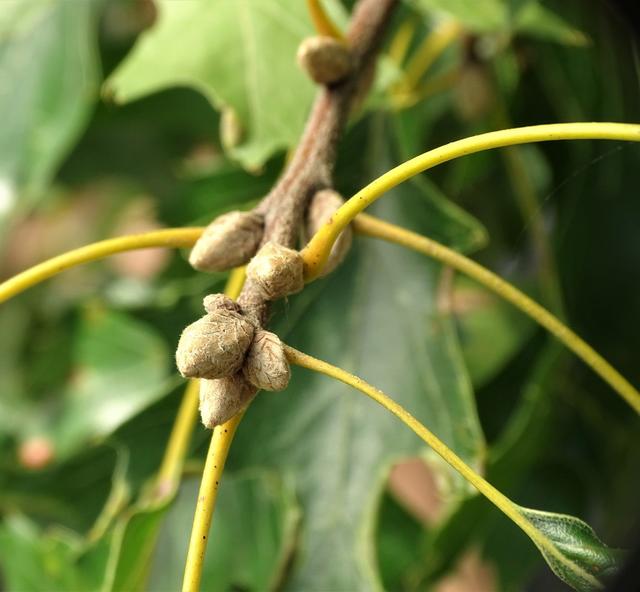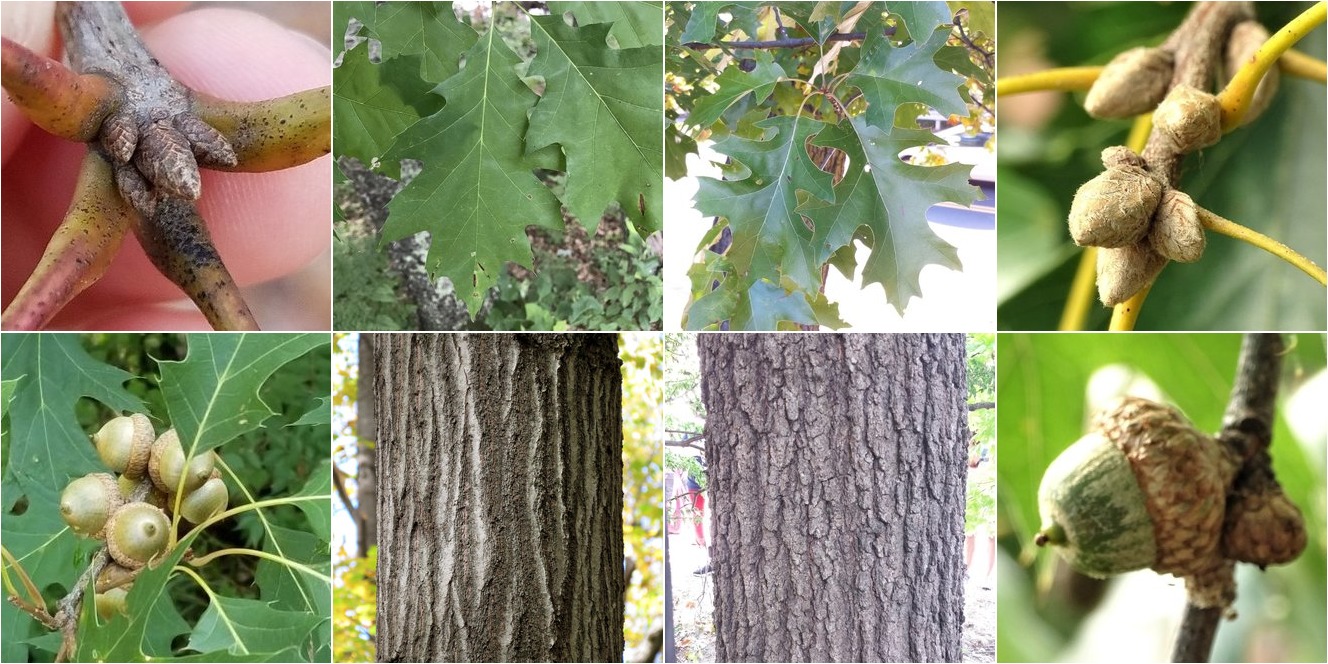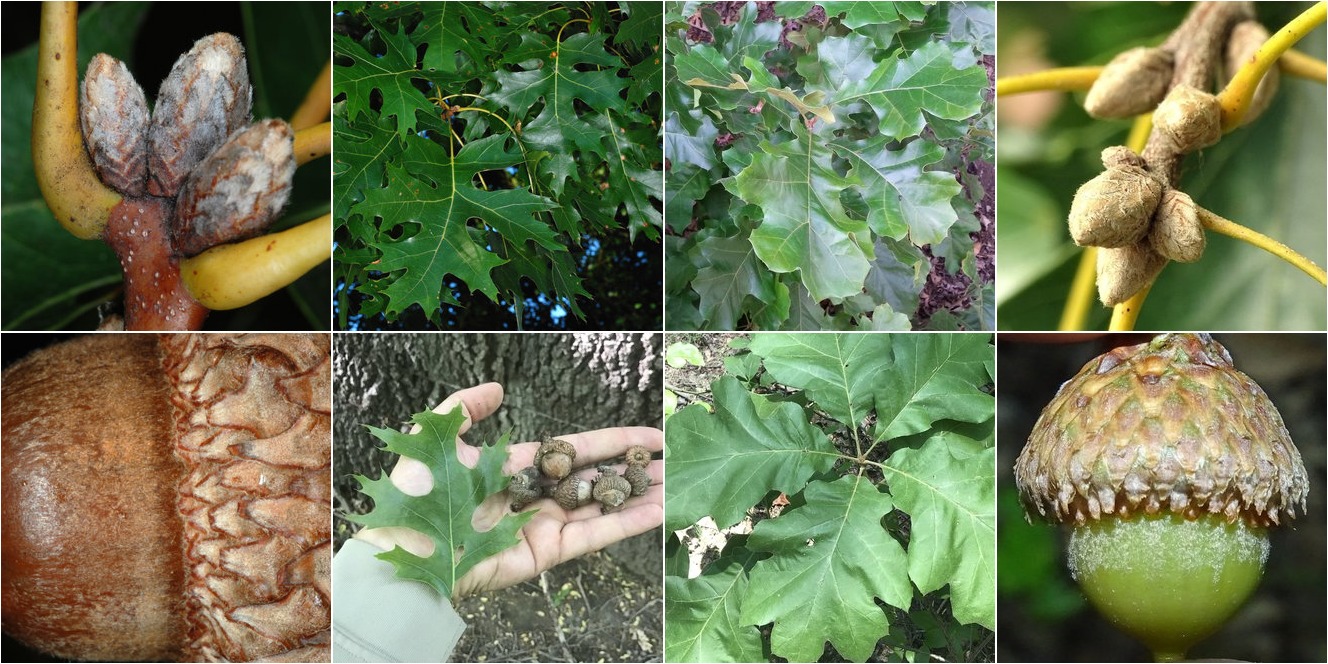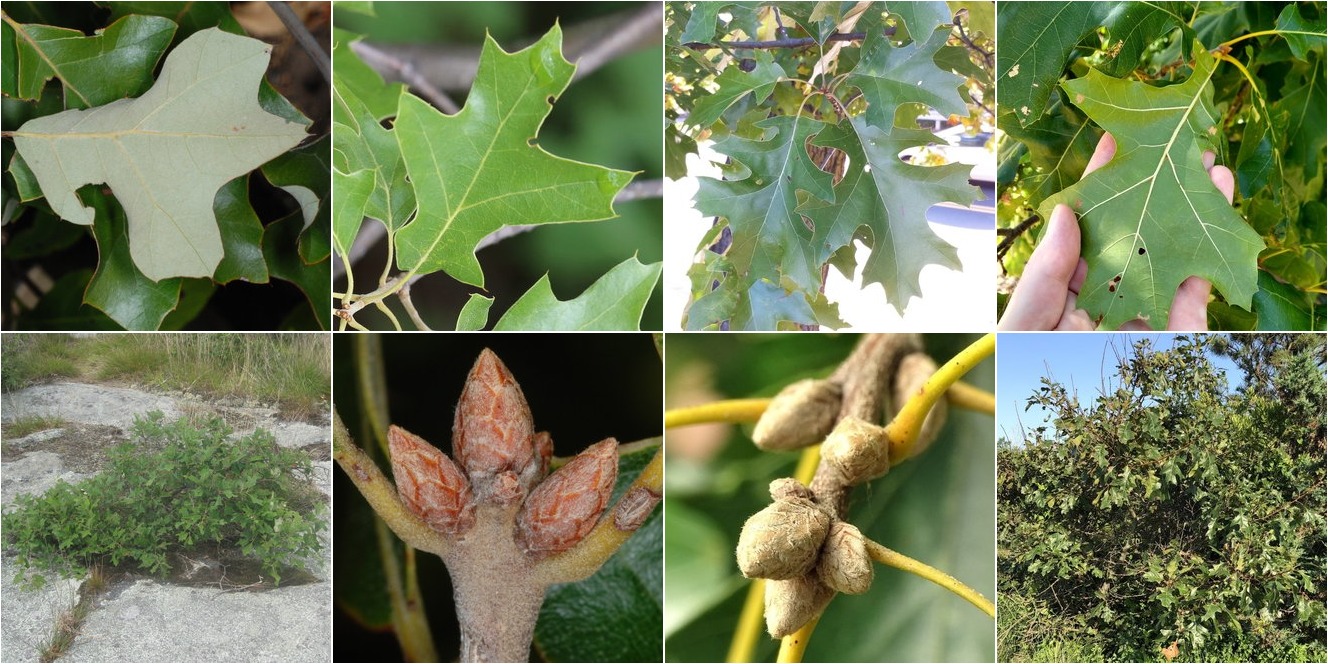Northern Red Oak (Quercus rubra) vs. Black Oak (Quercus velutina)
Updated October 13th, 2024Although these species sometimes look blatantly different, significant variation in individual leaf shape and other characteristics can make them challenging to tell apart. Both trees have broad habitat preferences, with considerable overlap. Black oak ranges farther south and prefers slightly warmer, drier sites, and is more tolerant of nutrient-poor sites, whereas northern red oak ranges farther north, prefers slightly cooler, moister sites, and is more shade-tolerant. The two species can also hybridize and form intergrades, so it may not be possible to identify all individuals.






